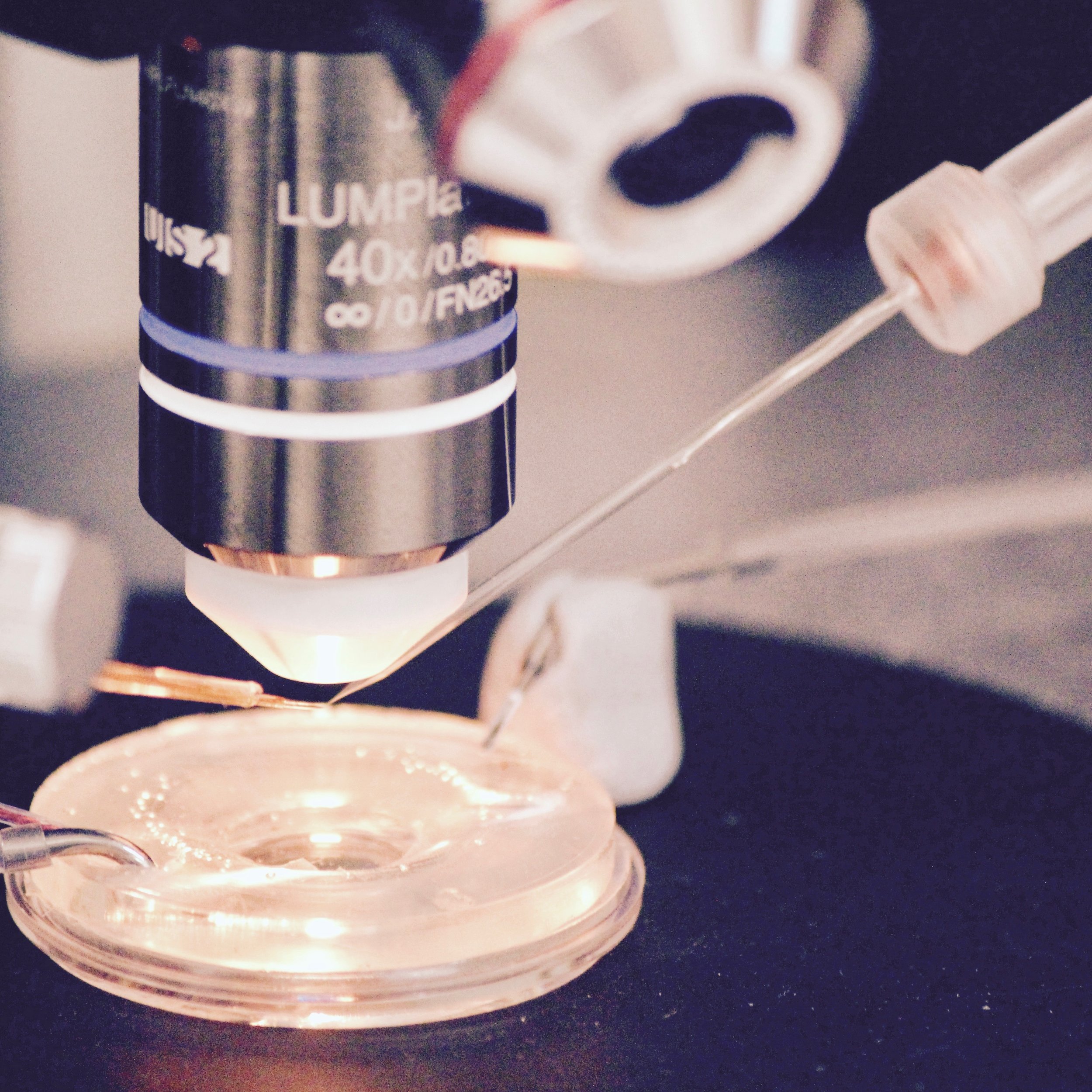
Understanding Neuromodulation
Memory is a highly complex cognitive function that involves interactions between numerous brain structures, proteins and signalling molecules. Indeed, experience-dependent changes in the strength of synaptic connections between neurons are thought to underlie information storage in the brain. Thus, understanding the highly elastic nature — or the 'plasticity' — of synapses is critical to uncovering how the brain converts our individual experiences into lasting memories. To this end, modulatory neurotransmitter systems play a central role in shaping synaptic processes involved in the encoding and retention of information within neural circuits. A fundamental problem remains, though, in understanding how extrinsic factors recruit, mimic or even hijack these endogenous regulatory signals to affect the development of brain systems critical to cognitive and mnemonic function. The primary focus of my research is in determining how the hippocampus and parahippocampal cortices integrate signals from multiple sensory modalities during the encoding of new memories, as well as in determining how neuromodulatory transmitter systems regulate the synaptic mechanisms required to retain these memories over time. My long-term goal is to understand how environmental factors (e.g., caffeine intake) influence the development of synaptic function critical to cognition and behaviour.
Dr Douglas A Caruana
Dr Caruana is the Principal Investigator and head of PlasticityLab. He is also a Lecturer in Neuroscience in the College of Health & Life Sciences at Aston University.
Learn More

Multidisciplinary Approach
In PlasticityLab, a variety of techniques are used to study synaptic function and synaptic plasticity, including in vitro brain slice electrophysiology, neuropharmacology, optogenetics, confocal imaging, behavioural assays, molecular probes and mouse genetics. These techniques are currently in use to investigate changes in synaptic plasticity and neuronal physiology in the hippocampal formation following manipulations to disrupt neuromodulatory signalling during development.
Learn More










